Doctoral School Projects
- Constraint-Compliant Controllable Models
- Composites Engineering Design through Deep Geometric Learning
- Structured 3D Shape Optimization with Part-Based Implicit Neural Representations
Master Thesis or Doctoral School Projects
- Advancing single photon perception for orbital robotics
- 3D Surface reconstruction using 3D Gaussians and SDF
- Applying Machine Learning to 4D/5D Neuroimaging Data to Advance Motor Control Research
- Leveraging Diffusion Models, NeRFs, and 3DGS to Generate the Missing Part of the Statue at Lausanne’s Cathedral
- Spacecraft pose estimation, on the edge
- GPT Enhanced Physical-based Dataset Generation for Computer Vision Task
- Multi-Video Feed Analysis Using Applied Deep Learning: Enhancing Recycling Efficiency through Comparative Object Detection and Classification at Sorting Machine Stations (CVLab x Wasteflow)
- 3D Medical Image Analysis beyond Voxels
- Waste Detection in real-time: Object detection of waste type from the fall of waste in a waste cell (CVLab x Wasteflow)
- Object detection and classification of waste type and mass assessment as it moves along a conveyor belt (CVLab x Wasteflow)
- Applied Deep Learning for Computer Aided Engineering
For further project offers, please contact members of the CVLAB directly.
Semester Projects (Bachelor and Master)
None available at the moment.
Please note that most of the offered semester projects can be reformulated for a thesis and vice versa. Please contact us directly.
Job Offers
None available at the moment.
Administrative
Semester Projects (Bachelor and Master)
SIN and SSC students do one semester project during their Bachelor studies and one semester project during their Master studies.
Semester projects can be done in groups of two students.
Semester projects are worth 8 credits for Bachelor and 12 credits for Master.
Students must have the approval of the Professor in charge of the laboratory before registering for the given project.
Oral defense: within two weeks of the hand-in date.
Master Thesis Projects
Master Thesis Projects are started once the complete master program is finished and all the credits have been obtained.
Projects for SSC and SIN students should last 4 months at the EPFL or 6 months in the industry or in another University.
Master Thesis Projects must be done individually.
Master Thesis Projects are worth 30 credits.
Students must have the approval of the Professor in charge of the laboratory before registering for the given project.
Additional information

3D Surface reconstruction using 3D Gaussians and SDF
3D Gaussian Splatting, while being primarily a novel view synthesis method, is adapted for 3D surface reconstruction by methods such as SuGaR. Some methods try to reconstruct the surface as an ad-hoc method while some train a traditional neural SDF in conjunction with the 3D Gaussians. In this project, the goal is to try to (…)
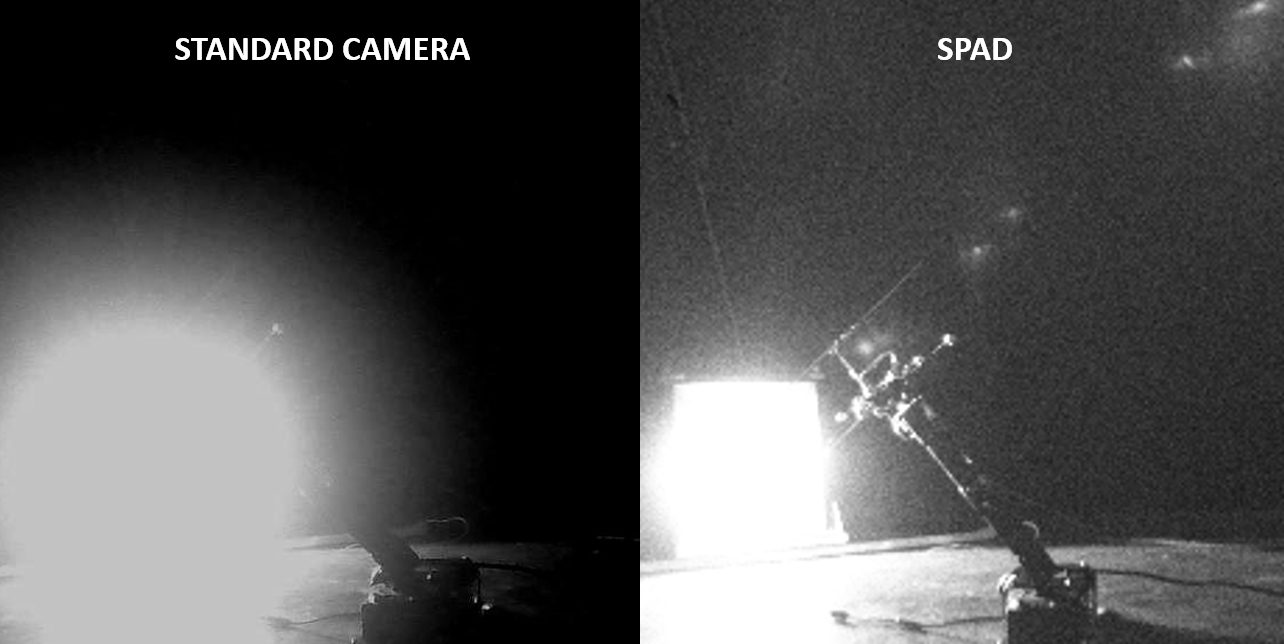
Advancing single photon perception for orbital robotics
A Single-Photon Avalanche Diode (SPAD) camera can measure individual photons at extremely high framerates. In the example image, a sunlight simulator was placed behind a target satellite and directed into the camera sensor. Notably, the standard camera saturates and most information is lost whereas the SPAD is still able to discern the target. This project (…)
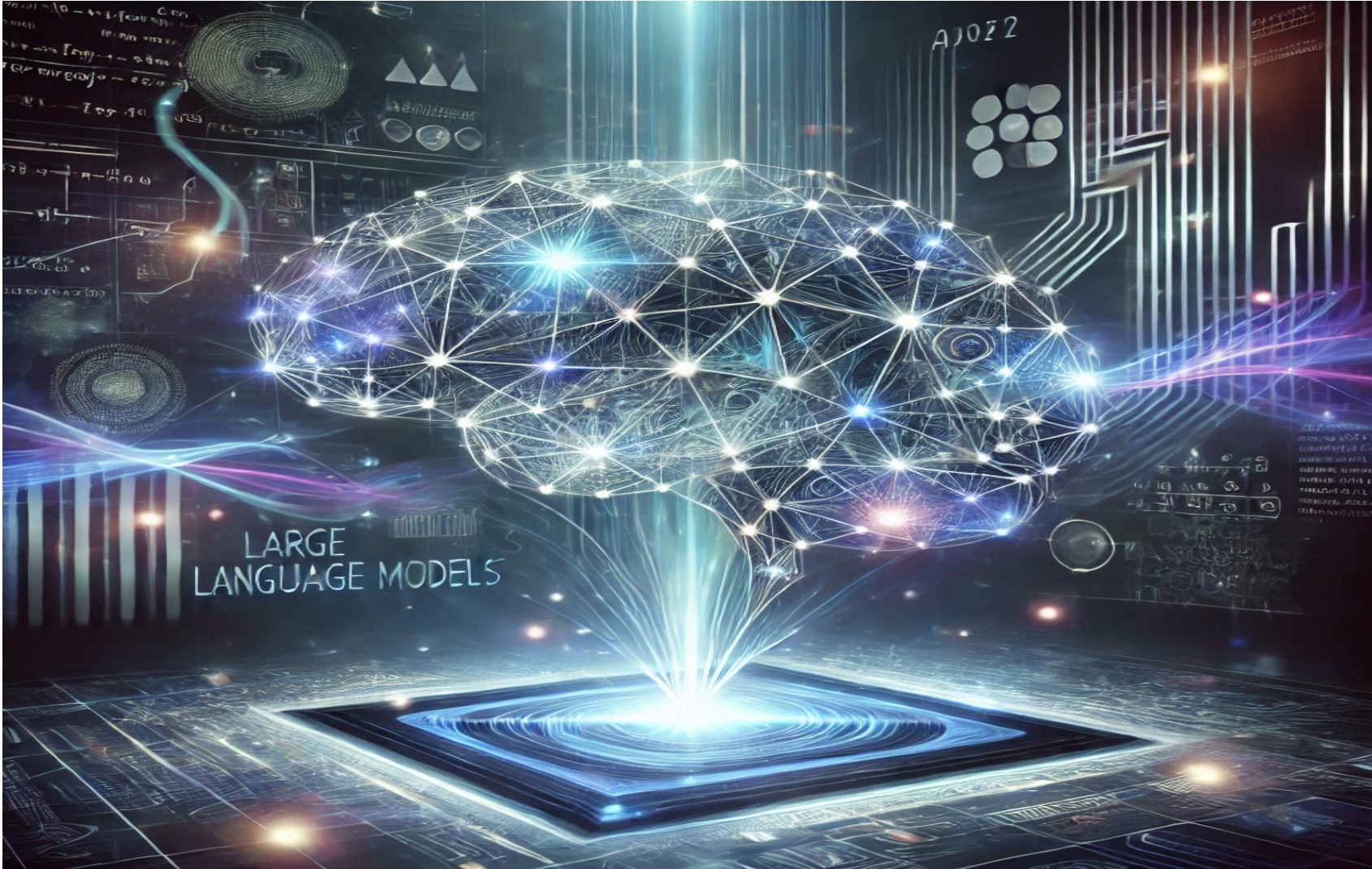
Code your own LLM
This practical project will teach you to code a GPT-like Large Language Model (LLM) from scratch for the application field of your choice.
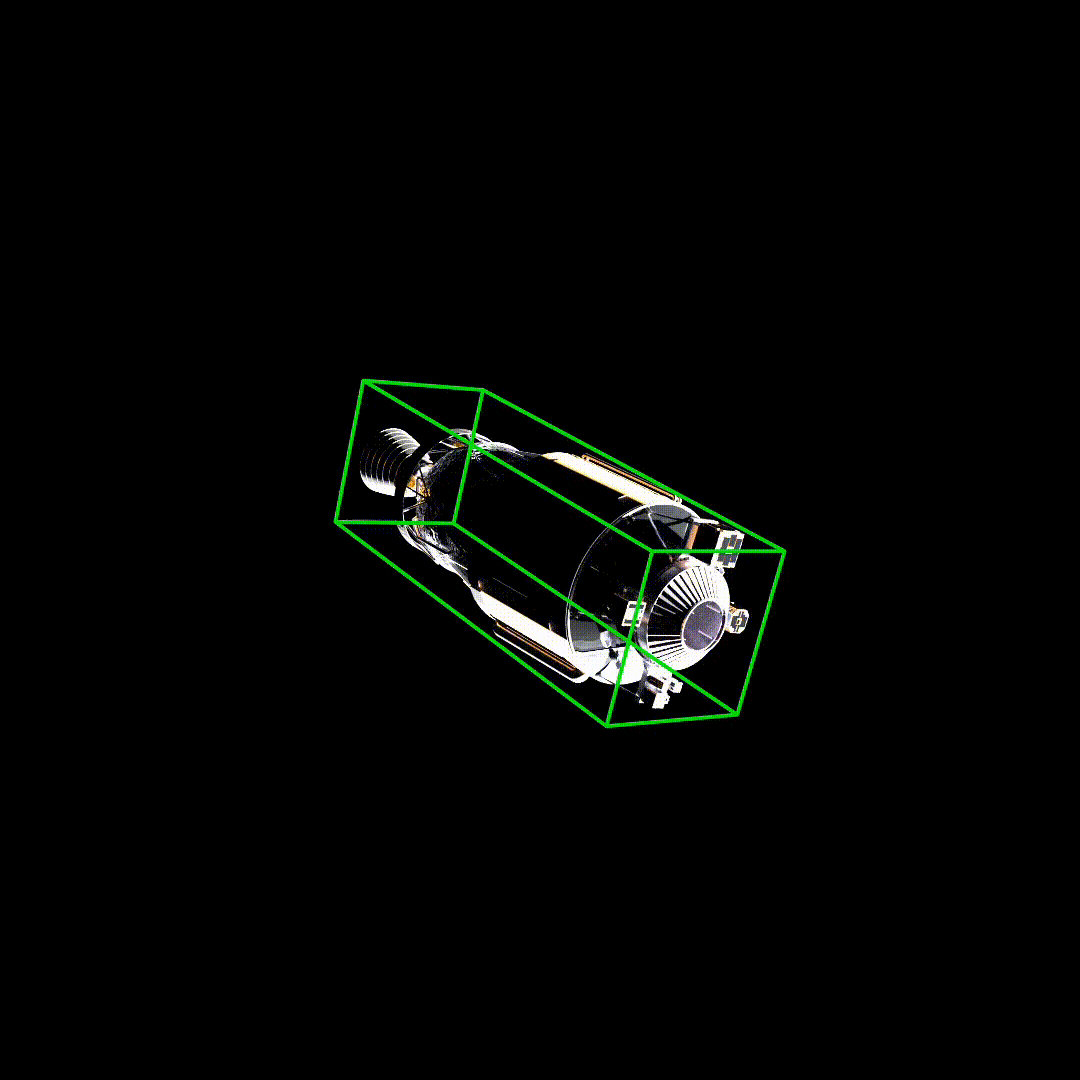
Spacecraft pose estimation, on the edge
Demonstrate spacecraft pose estimation algorithms running on small edge devices.
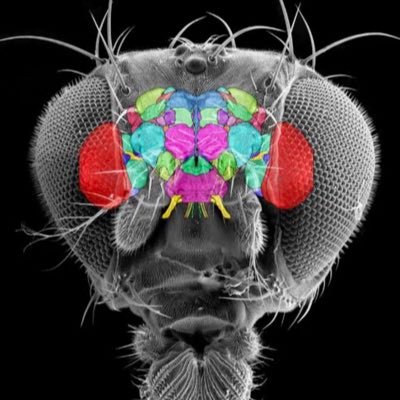
Applying Machine Learning to 4D/5D Neuroimaging Data to Advance Motor Control Research
Recent advances in neuroscience have enabled researchers to visualize the activity patterns of up to thousands of neurons simultaneously. These experiments produce large 4-dimensional (time plus XYZ) or 5-dimensional (time plus XYZ plus multiple colors) image datasets capturing neurons changing in brightness as they become more or less active. Processing these datasets efficiently and accurately (…)

GPT Enhanced Physical-based Dataset Generation for Computer Vision Task
Develop a comprehensive framework for generating near-photorealistic images that accurately represent deformable objects and changing materials.
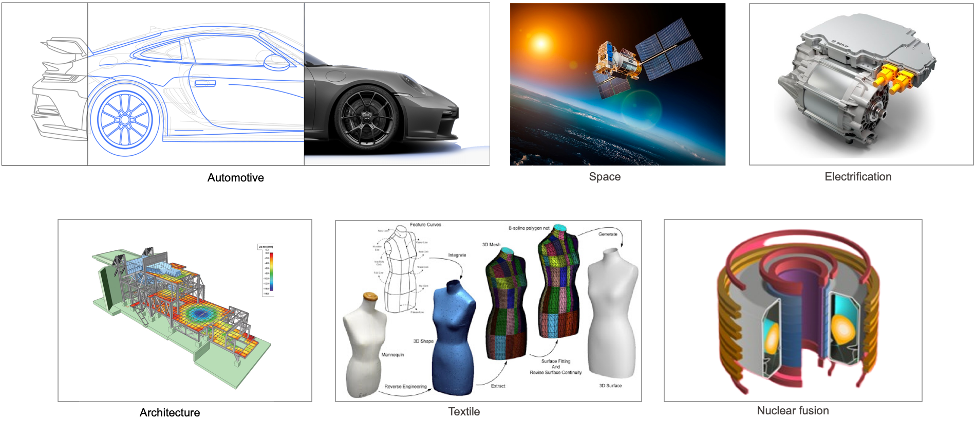
Constraint-Compliant Controllable Models
We live in a world full of manufactured objects of ever-increasing complexity that require clever engineering to be functional. Today, individual parts of these objects are often optimized separately, control is rarely accounted for at design time, and much manual tinkering is required. These shortcomings can largely be ascribed to the composite nature of industrially-designed (…)
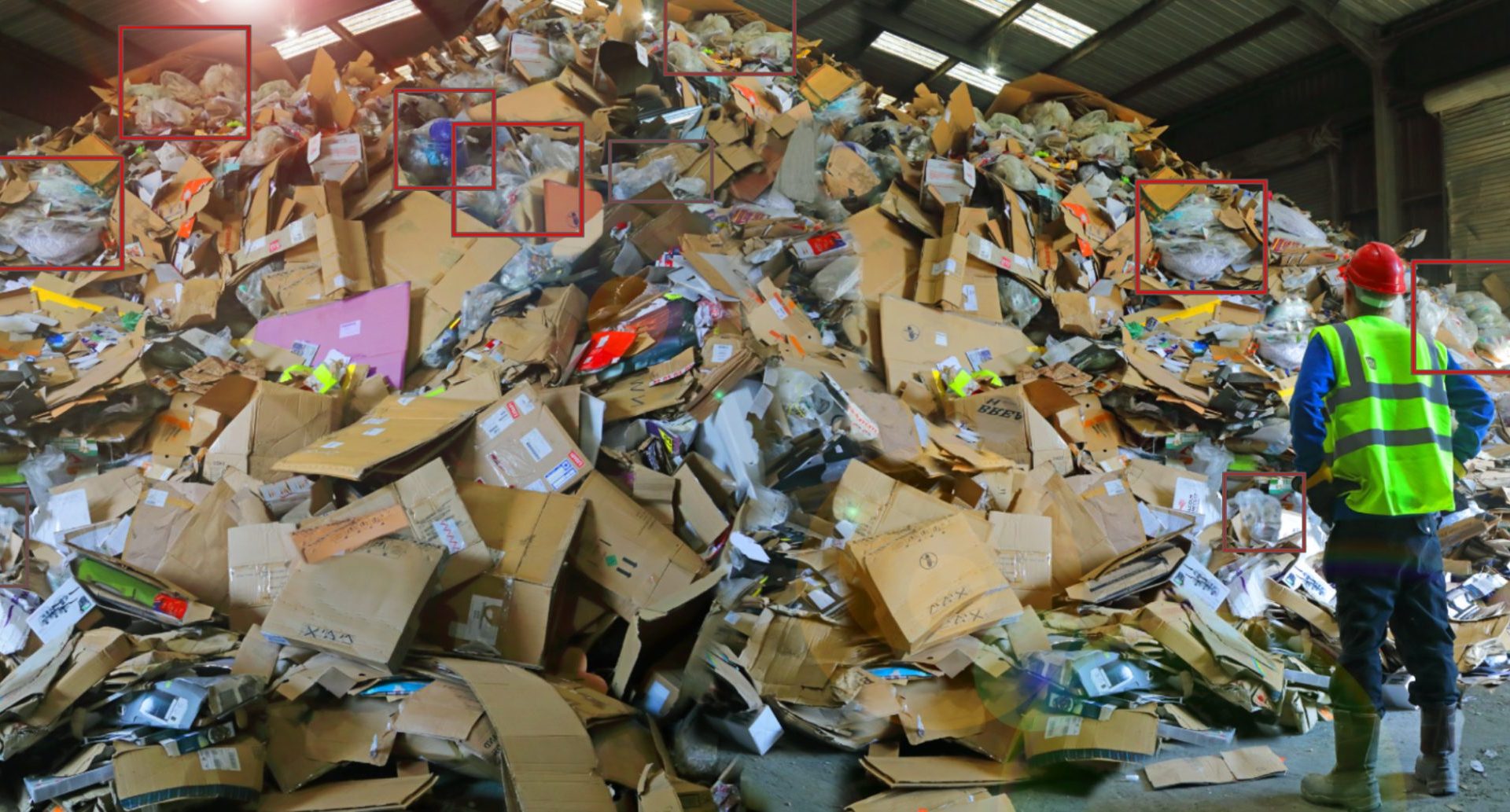
Dynamic Unstructured Waste Detection in real-time: Object detection of waste type from the fall of waste in a waste cell
Through this project, you will be developing a solution for a real-world application that will be used in the future within WasteFlow service and will help optimize recycling.
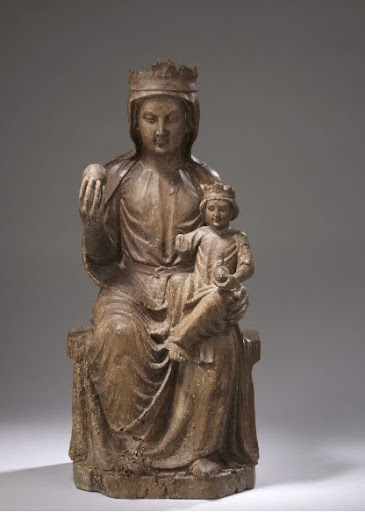
Leveraging Diffusion Models, NeRFs, and 3DGS to Generate the Missing Part of the Statue at Lausanne’s Cathedral
Over the decades and centuries, many statues displayed in cultural monuments have been damaged. The goal of this project therefore is to study the use of the recent developments in Diffusion Model, Neural Radiance Fields (NeRFs) and 3D Gaussian Splatting (3DGS) to digitally reconstruct in 3D the head of the Virgin with the Child statue (…)